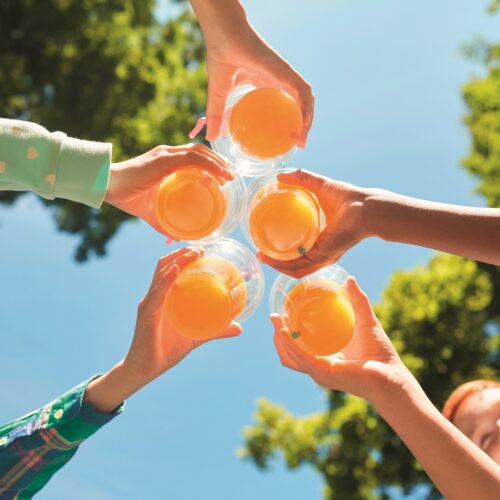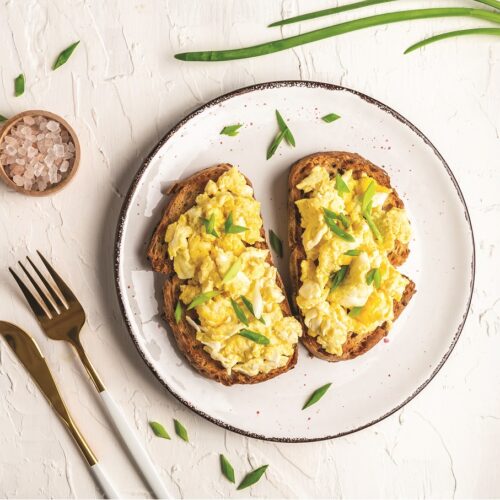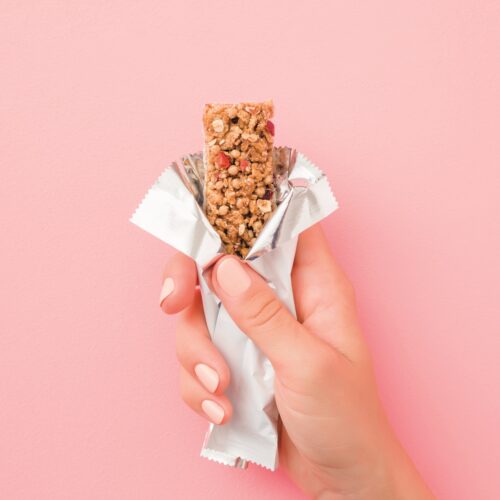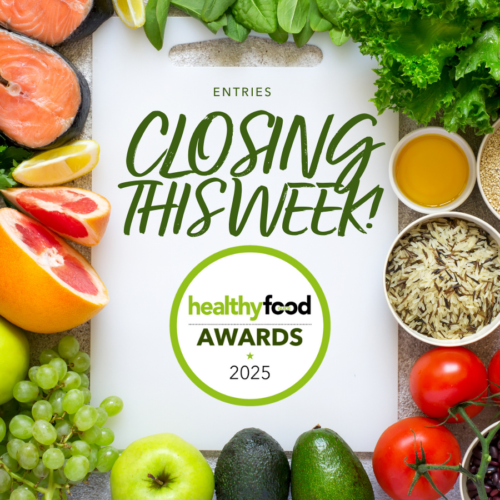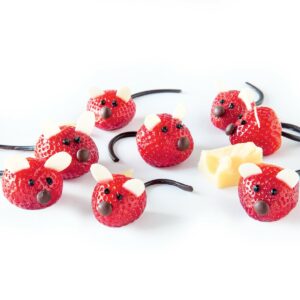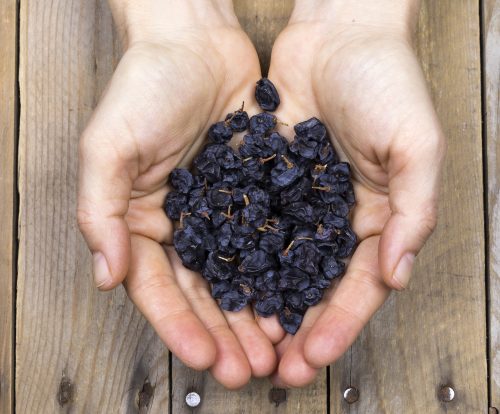
We know lollies are a sweet treat to be enjoyed occasionally, but what about dried fruit?
Sun-Maid Natural California Raisins

- Ingredients: California seedless raisins
- Per 30g serve: 397kJ, 0.9g protein, 0.2g fat, 0g sat fat, 23.1g carbs, 21.4g sugars, 1.8g fibre, 6mg sodium, $0.50
vs
The Natural Confectionery Co. Snakes

- Ingredients: Glucose syrup, cane sugar, water, thickener, gelatine, food acid, natural flavours, fruit juice concentrate, natural food colours, glazing agent
- Per 25g serve (approx. 2 snakes): 351kJ, <1g protein, <1g fat, <1g sat fat, 18.9g carbs, 11g sugars, 6mg sodium, $0.32
Both the lollies and the raisins have a similar amount of energy, which is from carbohydrates. What might surprise you is that 93 per cent of carbohydrates in the Sun-Maid Raisins are from sugars, compared with 58 per cent in the Natural Confectionery Co. Snakes.
But don’t be misled into thinking the lollies are better. The Natural Confectionery Co. Snakes contain a range of added sugars (both glucose and cane sugar), wheat starch thickeners, colourings and flavourings. The Sun-Maid Raisins contain only raisins. However, don’t assume all dried fruits have no added sugar. Some do, so check the label.
It’s these free sugars (which includes all added sugars as well as those found in fruit juices and honey) the World Health Organization recommends we limit to 5 per cent or less of our daily energy intake. For five-year-olds, that’s around the same as in three of the Natural Confectionery Co. Snakes.
Fresh fruit is a less concentrated source of sugar than dried fruit, but it seems raisins contain anti-microbial compounds that may protect teeth and prevent an increase in mouth acidity that can cause tooth damage. Remember though, any sweet food kept in the mouth for a long time will increase the risk of tooth damage.
Choosing dried fruit with no added sugars gives you natural sweetness with a fibre boost. To reduce the risk of tooth damage, have dried fruit with a meal rather than as an in-between snack, and drink a glass of water afterwards to rinse the residue off teeth.
Article sources and references
- Moynihan P et al. 2017. Implications of WHO Guideline on Sugars for dental health professionals. Community Dentistry and Oral Epidemiology 46:1-7https://www.who.int/oral_health/publications/paper-implications-who-guidelines-on-sugar/en/
- Palmer CA. 2017. Oral and dental health considerations in feeding toddlers. Nutrition Today 52:S69-75https://journals.lww.com/nutritiontodayonline/Abstract/2017/03001/Oral_and_Dental_Health_Considerations_in_Feeding.10.aspx
- Restani P et al. 2016. Raisins in human health: A review. BIO Web of Conferences 7:04005https://www.bio-conferences.org/articles/bioconf/pdf/2016/02/bioconf-oiv2016_04005.pdf
- Sadler MJ. 2017. Dried fruit and dental health – how strong is the evidence? Nutrition Bulletin 42:338-45https://onlinelibrary.wiley.com/doi/abs/10.1111/nbu.12294
- Schuster MJ. 2017. A comprehensive review of raisins and raisin components and their relationship to human health. Journal of Nutrition and Health (Korea) 50:203-16https://synapse.koreamed.org/DOIx.php?id=10.4163/jnh.2017.50.3.203&vmode=PUBREADER
www.healthyfood.com


